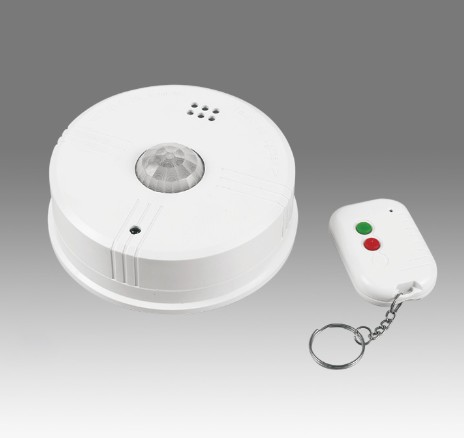A home alarm system can provide comprehensive protectio […]
A home alarm system can provide comprehensive protection by offering a multi-faceted approach to security that covers various potential threats and dangers. Here's how a home alarm system achieves comprehensive protection:
1. Intrusion Detection: Modern alarm systems come equipped with sensors that detect unauthorized entry through doors, windows, and other access points. These sensors can trigger alarms and alerts when activated, immediately notifying homeowners and often sending signals to a monitoring center for further action. This aspect of the system prevents break-ins and unauthorized access, forming the primary layer of security.
2. Motion Detection: In addition to door and window sensors, many alarm systems incorporate motion detectors. These sensors can identify movement within the interior spaces of your home. Whether you're home or away, if someone enters an area covered by motion detectors, the alarm will activate. This adds an extra layer of protection, especially for larger properties or when no one is home.
3. Fire and Smoke Detection: Comprehensive alarm systems often include fire and smoke detectors. These sensors can detect the presence of smoke or sudden changes in temperature, indicating a potential fire. Upon detection, the system can sound an alarm, alerting occupants and authorities. This early warning can save lives and reduce property damage in the event of a fire.
4. Carbon Monoxide Detection: Carbon monoxide is a silent and deadly gas that can be released from malfunctioning heaters, stoves, or other appliances. Alarm systems can include carbon monoxide detectors that sound an alarm when dangerous levels of this gas are detected. This feature protects you and your family from a threat that can be otherwise undetectable.
5. Flood and Water Leak Sensors: Water damage can be devastating and costly. Some advanced alarm systems incorporate flood and water leak sensors. These sensors can detect the presence of water where it shouldn't be, such as in basements or near appliances. Upon detection, the system can alert homeowners, helping to mitigate potential water damage.
6. Remote Monitoring and Alerts: Modern alarm systems often provide the option for remote monitoring and alerts. Homeowners can receive real-time notifications on their smartphones or devices whenever an alarm is triggered or a sensor is activated. This allows for immediate action, regardless of your physical location.
7. Integration with Security Cameras: Many comprehensive alarm systems can be integrated with security cameras. This adds a visual element to your security setup, allowing you to monitor your property remotely and providing evidence in case of any incidents.
8. Panic Buttons and Emergency Response: Some alarm systems include panic buttons or emergency response features. These can be useful in situations where you need immediate assistance, such as medical emergencies or if you suspect an intruder is in your home. Pressing the panic button can alert authorities and emergency services to your situation.